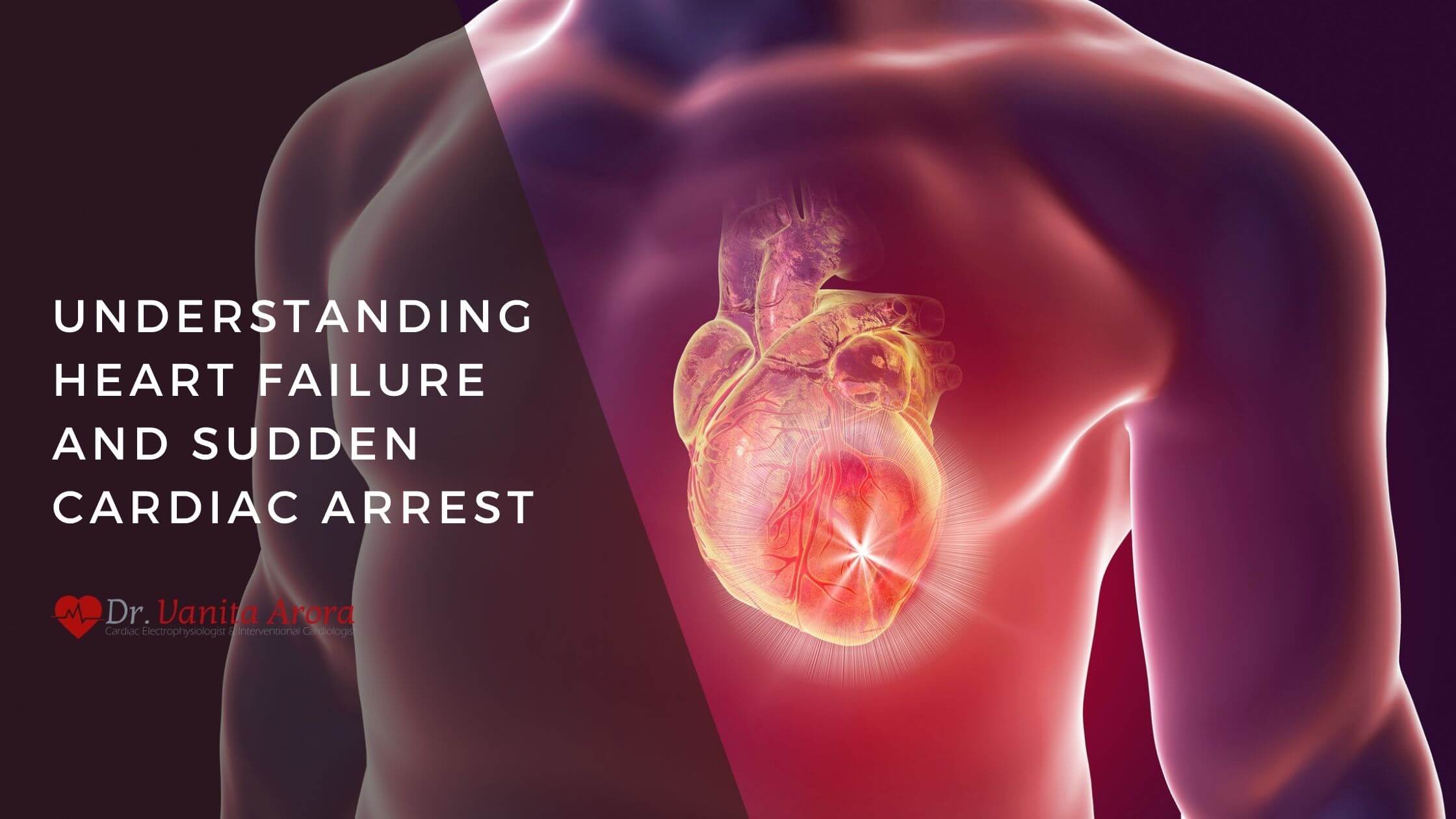
 June 02, 2022 | 3 minutes read time
June 02, 2022 | 3 minutes read time
Data shows that out of the 17 million premature deaths in 2019, 38% were caused by cardiovascular diseases. Lifestyle changes and food habits are causing a rise in CVD cases among people of different age groups. The heart is the most vital organ of our body, and a healthy heart ensures that the proper amount of blood flows throughout the body.
Heart Failure, is defined as a chronic and progressive condition which occurs when the heart is unable to pump blood sufficiently to meet the metabolic demands of the tissues in the body. This leads to fatigue, shortness of breath and other symptoms. Heart failure has many causes, including coronary artery disease, high blood pressure, heart valve disease, congenital heart disease, amongst others. One of the other prevalent cause of Heart failure is irregular heartbeat. The last two decades has seen a significant rise in the arrhythmia cases all across the world.
Sudden cardiac arrest is another alarming condition caused because of irregular heartbeat. As the name suggests, SCA refers to the abrupt loss of heart function, breathing and consciousness. It is caused by an electrical disturbance in the heart due to which the pumping action and the flow of blood is disrupted in the entire body. Survival from sudden cardiac arrest is possible with prompt CPR and medical care. In India, this fatal condition contributes to around 10% of overall mortality. The chances of sudden cardiac death (SCD) are higher in India as compared to rest of the world due to lack of awareness and increased response time. A patient’s chances of survival are reduced by 7 – 10 % with every minute of delay.
What are the common causes and risk factors of Sudden Cardiac Arrest and Heart Failure?
The most common cause of Sudden Cardiac Arrest is arrhythmia which is manifested via abnormal or irregular heart rhythm. The problem of arrhythmia arises when the heart's electrical system isn't working correctly. The heart's electrical system is responsible for controlling the rate and rhythm of heartbeat. Therefore, any hindrance or interruption in this normal rhythm can cause an arrhythmia. The main substrate for arrhythmia is left ventricle dysfunction due to scar from old MI or fibrosis.
The risk factors of Heart Failure are coronary artery disease, diabetes and hypertension, which are on the rise. Apart from this, other factors such as valve disease, congenital heart disease, family history of the disease and an enlarged or infected heart can also lead to heart failure. Heart failure is a progressive condition, and it gets worse over time because the heart's pumping action grows weaker.
According to the New York Heart Association Classification, heart failure can be broadly classified into 4 stages. These stages range from high to advanced risk of heart failure. The first two stages are considered to be the pre-heart failure phase. The third stage refers to heart failure patients who had or currently have symptoms of the disease and the fourth stage refers to patients with advanced symptoms of heart failure.
In both the scenarios of Heart Failure and Sudden Cardiac Arrest, the irregular heart beat results in low efficiency in heart functioning leading to lowering of the Ejection fraction which is calculated by 2D Echocardiography and is the most important risk factors for Sudden cardiac arrest as well as Heart Failure.
Treatment modalities available for patients to manage heart failure:
Medications along with Device intervention depending on the patient requirement and indications brings the most optimised results in both Heart Failure and survivor of Sudden Cardiac Arrest patients.
Device Management involves:
Tips to manage heart health
Maintaining a good quality of life is as important as survival for most patients living with chronic, progressive illnesses. People with heart failure can also live an improved quality of life by following their treatment plan and undertaking precautionary measures regularly. Some of the modifiable risk factors can be controlled through the following measures:
Management of SCA
It is possible to manage SCA with fast and appropriate medical intervention that can increase the chances of a patient’s survival. CPR or cardiopulmonary resuscitation is a hands -on emergency intervention used to restore breathing and a heartbeat in a person who has gone into cardiac arrest. CPR can be lifesaving and increases the person’s chances of survival if started soon after the heart has stopped beating. The most critical step is to administer CPR through chest compressions or using a defibrillator (devices that restore a normal heartbeat by sending shock to the heart), also known as AED ( Automatic External Defibrillator) These techniques can keep blood flowing to the brain and other organs until medical help arrives.
SCA occurs without any warning and if left unattended, it can have fatal consequences. In the case there are persisting symptoms, patients are advised to consult a Cardiac Electrophysiologist at the earliest to seek accurate treatment to prevent any long -term impacts on their health. Ignorance of these symptoms can make the situation even worse and reduce the chances of recovery. It is important to create more awareness regarding this fatal condition and ways to tackle it, so that one can take appropriate measures to help patients within the right time.
Promoted by Fix Me Digitally